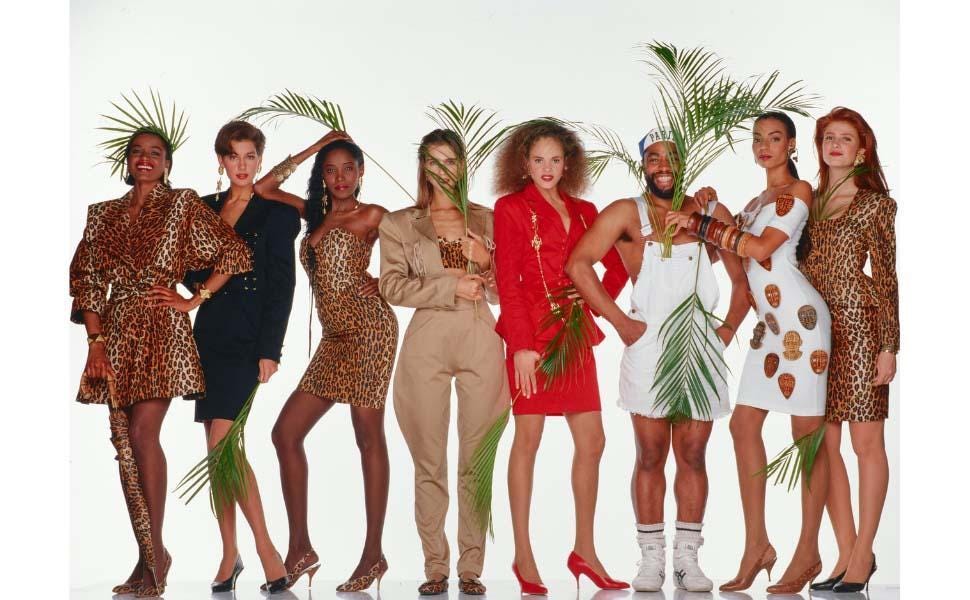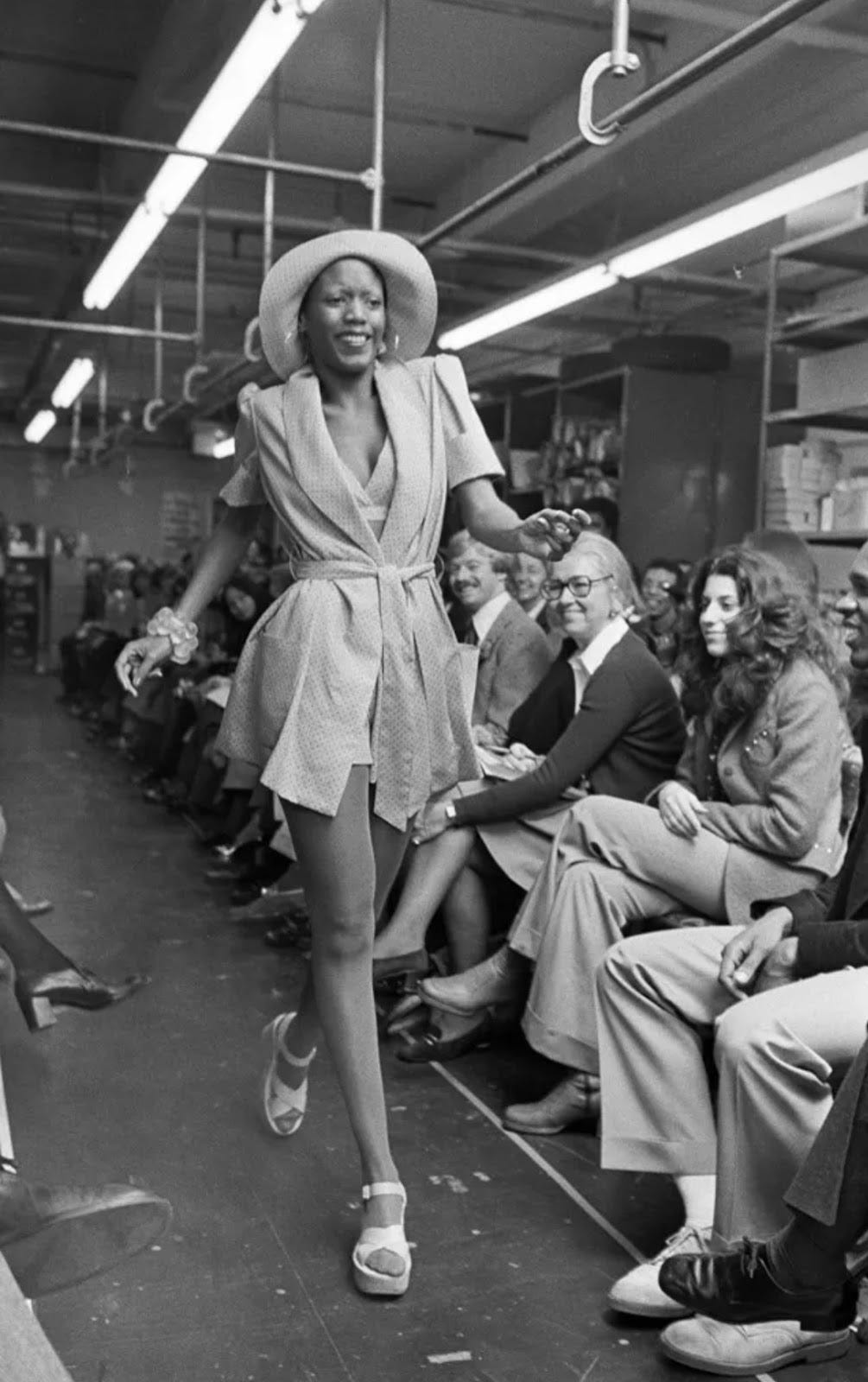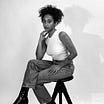A Personal Reflection on Diversity in Fashion
Dear readers,
Today we have the privilege of hearing from aspiring designer, Uma Peña-Cabrera, also known as "Lab." In her insightful piece, she shares a personal reflection on the crucial issue of diversity within the fashion industry, particularly examining the representation of runway models over the past few decades.
As an aspiring designer, Uma brings a unique perspective to this discussion, delving into the complexities of race, representation, and inclusion in fashion with passion and keen insight.
Uma's reflections and insights aim to shed light on the critical importance of designers embracing diversity within their collections and showcases. She challenges the status quo, urging us to question and confront the prevailing lack of diversity in the industry rather than passively accepting it.
At Fashion Talk, we are committed to advocating for a more inclusive and representative landscape in the fashion industry. We strive to amplify voices like Uma's, dedicated to fostering diversity and inclusivity within fashion.
Happy reading,
Amarissa
In a world that is so nuanced and layered with controversy, social upheaval, overstimulation, and the constant churn of new ideas, I found myself grappling with how to start this piece. Truth be told, I still don't know— but I am choosing to allow my spirit to guide me.
As a first-generation Dominican-American college graduate, the fabrics of my DNA are etched with joy, pride, and grit, passed down from my ancestors, as well as the individualism that comes with growing up in America. When I moved to Miami to study fashion design, one of the first places I worked was Saks Fifth Avenue under the visual merchandising team. One ordinary day, much like the rest, I proudly wore a black vest adorned with an assortment of buttons I had sewn onto it. To my surprise, my boss stopped me with an observation: "Your jacket is reminiscent of Patrick Kelly." Though initially naive, I embraced the compliment and sought to learn more.

I learned that Patrick Kelly was a Black designer from Mississippi who came to full bloom in Paris, France. His yearning for greater representation of Black models in fashion magazines stemmed from his childhood exposure to Vogue magazines, brought home by his mother and grandmothers. Fueled by this early love for fashion, Kelly made inclusivity a cornerstone of his design ethos. Influential figures like Grace Jones and Pat Cleveland played pivotal roles in shaping his ascent in the industry.

Renowned for his boldness in shattering boundaries and defying conventional norms within the fashion realm, Patrick Kelly exuded a radiant aura of light and love that captivated all those in his presence. His infectious spirit touched the hearts of everyone around him, leaving an indelible mark on the industry. At each unveiling of his latest collections, guests were welcomed with a thoughtful gesture – cards cleverly disguised as love letters.
As an Afro-Latina, I acknowledge my intersectional identity so learning about Patrick Kelly’s legacy ignited something within me. Down the rabbit hole I went through Kelly’s era, navigating through the corridors of history to gain insight into where the fashion industry truly stands concerning Black, Hispanic, and other marginalized models.
Through my research, I uncovered a story about Naomi Campbell’s 1988 French Vogue cover— a moment that almost didn’t happen. Yves Saint Laurent threatened to pull their advertising from the August 1988 French Vogue issue if the editors refused to put a Black model on the cover. This course of action ultimately pushed the cover into reality, making Naomi the first Black model to cover the magazine. It wasn’t because of her beauty or even more importantly, the list of qualifications she already had as a model that moved the needle. Unfortunately, it wouldn’t have happened without a fight.
In 2007, Bethann Hardison, model, advocate, and creator of Black Girls Coalition, boldly confronted this issue head-on. Her courageous act, including a press conference addressing the systemic exclusion of models of color, marked a pivotal moment in the fight for diversity and inclusion in fashion. This came a few short years after agencies sent out a notice for no models of color to be sent for consideration for Fashion Week in 2003.
While we do have designers like Kerby Jean-Raymond of Pyer Moss, who utilizes his design language to amplify the Black experience and push forward social issues, and designers like Olivier Rousteing of Balmain and Raul Lopez of LUAR, who promote diverse representation through their shows— can we really say we’ve made it far enough in regards to marginalized representation?
Furthermore, in observing the internal challenges faced by Pyer Moss (challenges that are likely shared by many fashion houses), is it fair for the responsibility of promoting Black representation to rest solely on a few Black designers? Or should this burden be distributed among designers of other ethnicities as well?

According to a 2017 study by the City University of New York titled “Black Models Matter,” oftentimes Black models are overlooked in the fashion industry because they lack the European features found in their white counterparts. Additionally, Black models are often only chosen if they possess “unusual” features, perpetuating a narrow definition of beauty. This systemic bias can be attributed to factors such as brand marketing preferences and the lack of proactive efforts by modeling agencies to promote models of color.
On average, how many Black models do you see in fashion catalogs or on the runway? How many Asian, Indian, or Native American models do you see? I think we sometimes forget how intersectional fashion is and its immense impact on our lives. As a woman navigating the industry firsthand, I’ve walked somewhat blindly to the diversity and racial issues present, simply because they've been normalized within the industry for so long.

In a Business of Fashion article addressing the diversity gap, a study of 117 shows spanning New York, Milan, Paris, and London during the 2015 Fashion Week revealed a stark contrast in representation. Out of over 3,800 models featured, only 797 were models of color. To my surprise, Black models were the most represented minority group at the time, followed by Asian, Indian, Middle Eastern (typically grouped under the label of ‘other’), and Hispanic models. This data prompts us to question whether brands are genuinely committed to diversity or if they simply view it as a strategic marketing tactic.
It's important to recognize that various societal factors, such as politics, social influence, and economics, play a significant role in determining when the fashion industry embraces diversity. In 2020, for example, amidst the backdrop of a global pandemic and heightened racial tensions, many brands rushed to embrace diversity with a newfound sense of urgency. Black models and Black-centric marketing campaigns became ubiquitous.
However, as time passed, the initial urgency faded, leaving behind layers of tokenism. Despite this, organizations like Strut Models, Harlem’s Fashion Row, and the 15 Percent Pledge have remained steadfast in their efforts to address the diversity gap. By focusing on providing models and creatives of color with increased visibility and opportunities, these organizations continue to grow and make strides toward fostering a more inclusive fashion industry.
Truthfully, discussions about race and the entrenched systemic biases that exist can be tense, while conversations addressing the pervasive lack of representation may be triggering. However, perhaps we can take a page out of Patrick Kelly’s book by learning to lead these conversations with loving gestures and kindness. Or perhaps even a page from Bethann Hardison’s approach on being fearless in this pursuit. By adopting Hardison's fearlessness and Kelly's spirit of love, we can approach these discussions with grace and understanding.

Approaching one another with empathy, lets us acknowledge that every individual on this planet deserves the opportunity to occupy any space they are drawn to. We are all inherently worthy of seeing reflections of ourselves in every facet of life, whether it be on the runway, in catalogs, or commercials. I believe that one of the best ways to strike change is to encourage collaboration. Even in our “small” projects, we can curate more inclusivity through diversity with local models and local talent behind the lens or within the designs. Another way to foster change on a larger scale is to support brands that prioritize diversity like Sami Miro or Martine Rose.
As a creative collective, we should ponder: How can I effectively tackle the necessity for increased diversity when choosing models to showcase my projects? Will I remain complicit to this issue or will I grab my rightful seat at the table and make room for others?
Aspiring designers, including myself, should ponder: How can I effectively tackle the necessity for increased diversity when choosing models to showcase my clothing?
Final oversight & edits by Amarissa.
On the stage today…
Uma is a participant in Fashion Talk's Winter 2024 Student Writing Program. Aligned with our mission to uplift young voices in the fashion industry, we’re excited to share her fresh and insightful perspective with our community.
Get to know Uma here.
connect with us: IG → pinterest → twitter → bluesky




![Bonita [LAB] Peña's avatar](https://substackcdn.com/image/fetch/$s_!GaUH!,w_36,h_36,c_fill,f_auto,q_auto:good,fl_progressive:steep/https%3A%2F%2Fsubstack-post-media.s3.amazonaws.com%2Fpublic%2Fimages%2Ff93fcb19-0b9c-4fa7-b442-6ff6b87f5151_1170x1170.jpeg)



